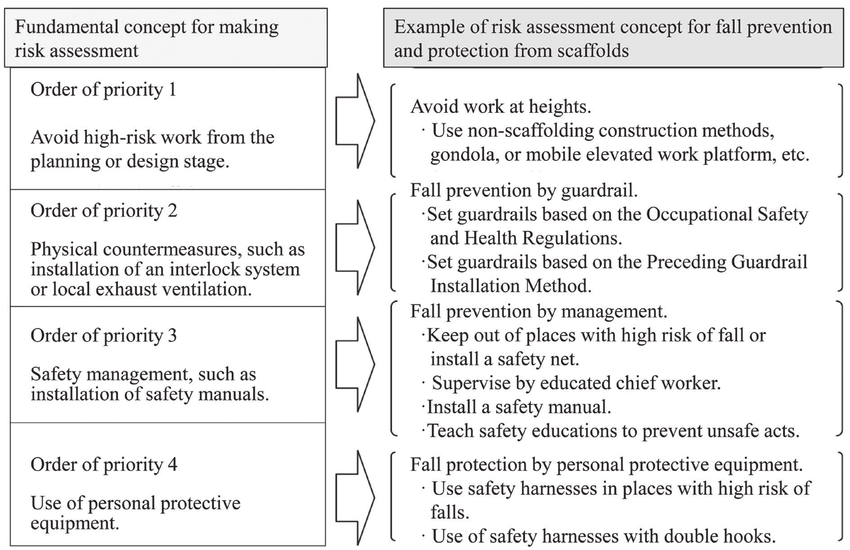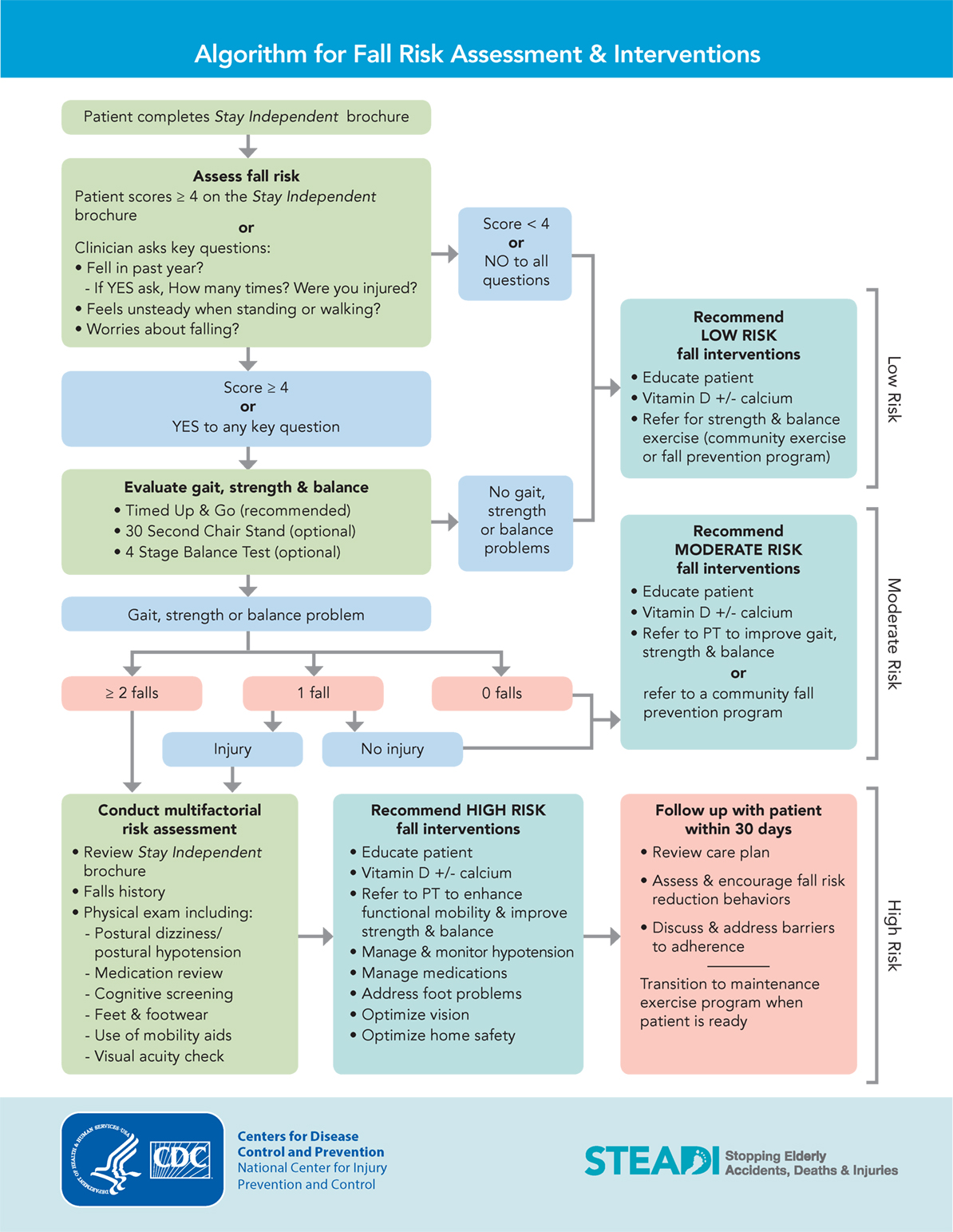Some Of Dementia Fall Risk
Table of Contents4 Easy Facts About Dementia Fall Risk ExplainedDementia Fall Risk Fundamentals ExplainedMore About Dementia Fall Risk4 Easy Facts About Dementia Fall Risk Shown
A fall threat analysis checks to see just how most likely it is that you will drop. The analysis typically consists of: This includes a collection of questions concerning your general health and if you have actually had previous falls or issues with equilibrium, standing, and/or walking.Interventions are referrals that may minimize your threat of falling. STEADI consists of 3 actions: you for your danger of dropping for your danger factors that can be enhanced to attempt to protect against drops (for instance, balance problems, damaged vision) to minimize your danger of dropping by making use of efficient approaches (for instance, providing education and learning and resources), you may be asked numerous questions consisting of: Have you dropped in the past year? Are you worried concerning dropping?
If it takes you 12 secs or more, it might mean you are at greater danger for a fall. This examination checks toughness and equilibrium.
Move one foot midway ahead, so the instep is touching the huge toe of your various other foot. Move one foot fully in front of the various other, so the toes are touching the heel of your other foot.
Not known Factual Statements About Dementia Fall Risk
Many drops take place as a result of multiple contributing variables; for that reason, handling the threat of dropping begins with determining the elements that contribute to fall danger - Dementia Fall Risk. Several of one of the most appropriate risk elements consist of: Background of previous fallsChronic clinical conditionsAcute illnessImpaired stride and balance, lower extremity weaknessCognitive impairmentChanges in visionCertain risky medications and polypharmacyEnvironmental factors can also raise the risk for drops, consisting of: Insufficient lightingUneven or damaged flooringWet or unsafe floorsMissing or damaged hand rails and get hold of barsDamaged or incorrectly equipped equipment, such as beds, mobility devices, or walkersImproper use assistive devicesInadequate supervision of the individuals residing in the NF, including those that show hostile behaviorsA effective fall danger administration program requires a detailed medical assessment, with input from all participants of the interdisciplinary group

The care strategy should also consist of treatments that are system-based, such as those that advertise a safe atmosphere (ideal lighting, hand rails, get hold of bars, etc). The efficiency of the treatments need to be assessed regularly, and the care plan modified as essential to reflect modifications in the autumn danger analysis. Executing an autumn threat monitoring system making use of evidence-based best practice can lower the occurrence of drops in the NF, while limiting the capacity for fall-related injuries.
Some Known Details About Dementia Fall Risk
The AGS/BGS standard recommends screening all grownups aged 65 years and older for loss danger yearly. This screening contains asking people whether they have actually dropped 2 or more times in the previous year or looked for medical focus for a fall, or, if they have not fallen, whether they really feel unsteady when walking.
Individuals that have dropped when without injury needs to have their balance and stride assessed; those with stride or equilibrium irregularities need to obtain additional analysis. A background of 1 fall without injury and without gait or equilibrium issues does not require additional analysis beyond ongoing you can check here annual autumn risk testing. Dementia Fall Risk. A loss risk analysis is needed as part of the Welcome to Medicare examination

Dementia Fall Risk Fundamentals Explained
Recording a drops background is one of the quality indicators for loss avoidance and monitoring. Psychoactive medicines in particular are independent forecasters of drops.
Postural hypotension can commonly be alleviated by decreasing the dosage of blood pressurelowering medicines and/or quiting drugs that have orthostatic hypotension as a negative effects. Use above-the-knee assistance pipe and sleeping with the head of the bed boosted might also decrease postural reductions in blood pressure. The suggested aspects of a fall-focused checkup are revealed in Box 1.

A pull time more than or equivalent to 12 secs suggests high autumn threat. The 30-Second Chair Stand test assesses lower extremity toughness and balance. Being incapable to stand read review up from a chair of knee elevation without making use of one's arms indicates enhanced loss threat. The 4-Stage Balance examination evaluates static equilibrium by having the client stand in 4 positions, each considerably more challenging.